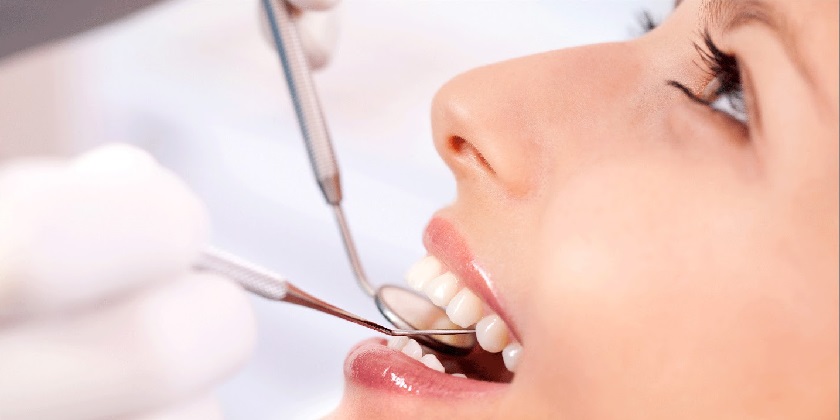- Home
- Minimally Invasive Dentistry

What is Minimally Invasive Dentistry?
A good definition is "respecting the health, function, and aesthetics of all oral tissues by preventing the disease from occurring or by intercepting its progress with minimal tissue loss." Using this definition, our goal is to prevent oral disease, be it periodontal, caries, or oral cancer disease, from occurring in the first place by continually working with patients to assess and reduce their risk factors for these diseases, or when we find disease already present, to treat that disease, surgically and/or chemically, with as little loss of tissue structure as is possible for the given situation.
How do we prevent oral diseases? The first step is to assess the existing situation: the extent of periodontal attachment loss or the degree of caries penetration, for example. In establishing a baseline assessment of existing disease, we need to measure as many parameters as we can: periodontal pocket depths, bleeding on probing, mobility, furcal involvement, bacterial counts, salivary quantity, quality, and pH, etc. We also want to know the patient's current oral hygiene habits and the products they are using, what underlying health conditions they might have and what medications are they taking, what are their dietary habits, are they a smoker, and so forth.
The baseline information is then used to determine the nature and the degree of risk the patient has for each disease. Armed with a detailed disease risk assessment, the dental team can work with each patient to educate them about their disease status and risk level, to implement behavioral and chemical interventions to reverse their disease processes and to reduce their risk factors, and to formulate a treatment plan to restore and preserve their oral functions and aesthetics. The success of this individualized three-pronged approach -- education, intervention, and restoration -- hinges upon accurate diagnosis of the patient's current disease-causing risk factors, not just upon their current disease status.
It is abundantly evident that restoration of carious teeth, for example, does not prevent recurrence of caries disease, i.e. placing a filling does not reduce the likelihood of caries recurring in that tooth or in other teeth. It is crucial to long-term restorative success to change the oral environment to one that favors a healthy bacterial flora by removing the factors that allow pathogenic bacteria to predominate. Minimally Invasive Dentistry focuses on treating oral diseases, not just the signs and symptoms of oral diseases. The ultimate goal is to prevent disease from occurring in the first place, or, where disease already exists, to eradicate the disease and prevent its recurrence.

